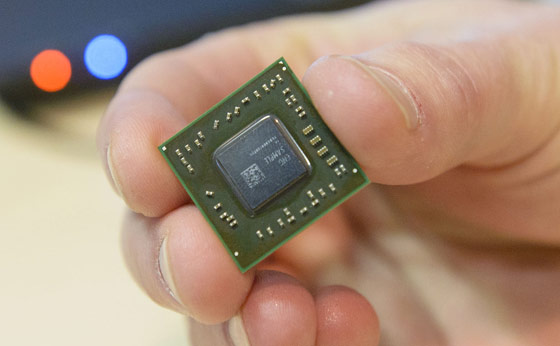AMD has experienced some well-publicised staff losses and cuts recently as it seeks to re-shape and rationalise the company for the future. Things may look a little troubling now as it seems as if there are more high-level staff rushing out of the door than coming in, but AMD has been making some strategic recruitment decisions to steer the ship towards a more lightweight mobile future.
Less than a week ago fleeing AMD execs hit the headlines as it appears they took over 100,000 confidential trade documents with them to NVIDIA. At the end of 2012 we heard that AMD chief engineer and employee of over 25 years, Michael Goddard, left to join Samsung.
Positive recruitment moves
However today we have a report from Reuters about two very positive high-level recruitments. Charles Matar, recently at Qualcomm, has joined AMD as vice president of System-on-Chip Development. Mr Matar’s expertise lies in “low-power and embedded chip design,” according to Reuters sources.
Secondly we hear that Wayne Meretsky has now joined AMD as vice president, software IP development. Mr Meretsky previously worked at Apple “on processors used in the iPad and iPhone.” He will lead software development for new AMD chips.
Both Matar and Metersky worked at AMD earlier in their careers and they will join fellow “chip guru” and ex-head chip designer from Apple, Jim Keller, to return to work at AMD.

AMD Temash SoC sample
Revenue re-balancing - too many eggs in the PC basket?
AMD’s revenue is highly dependent upon the PC business with 80 per cent of its income coming from this sector. The chipmaker hopes to refocus and become less reliant upon traditional PCs, reducing its balance of PC industry revenue to about 50 per cent within the next three to four years.
Looking forward to the immediate future, AMD’s Temash and Kabini x86 SoCs are due in H1 2013, aimed at thin-and-light notebooks, convertibles and tablets, and are said to offer exceptional performance per watt. It will be interesting to see what computing device form-factors are enabled by these new chip designs.













